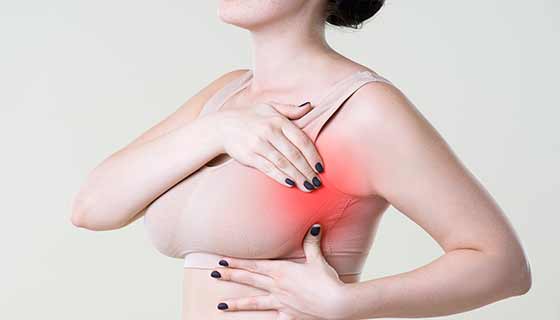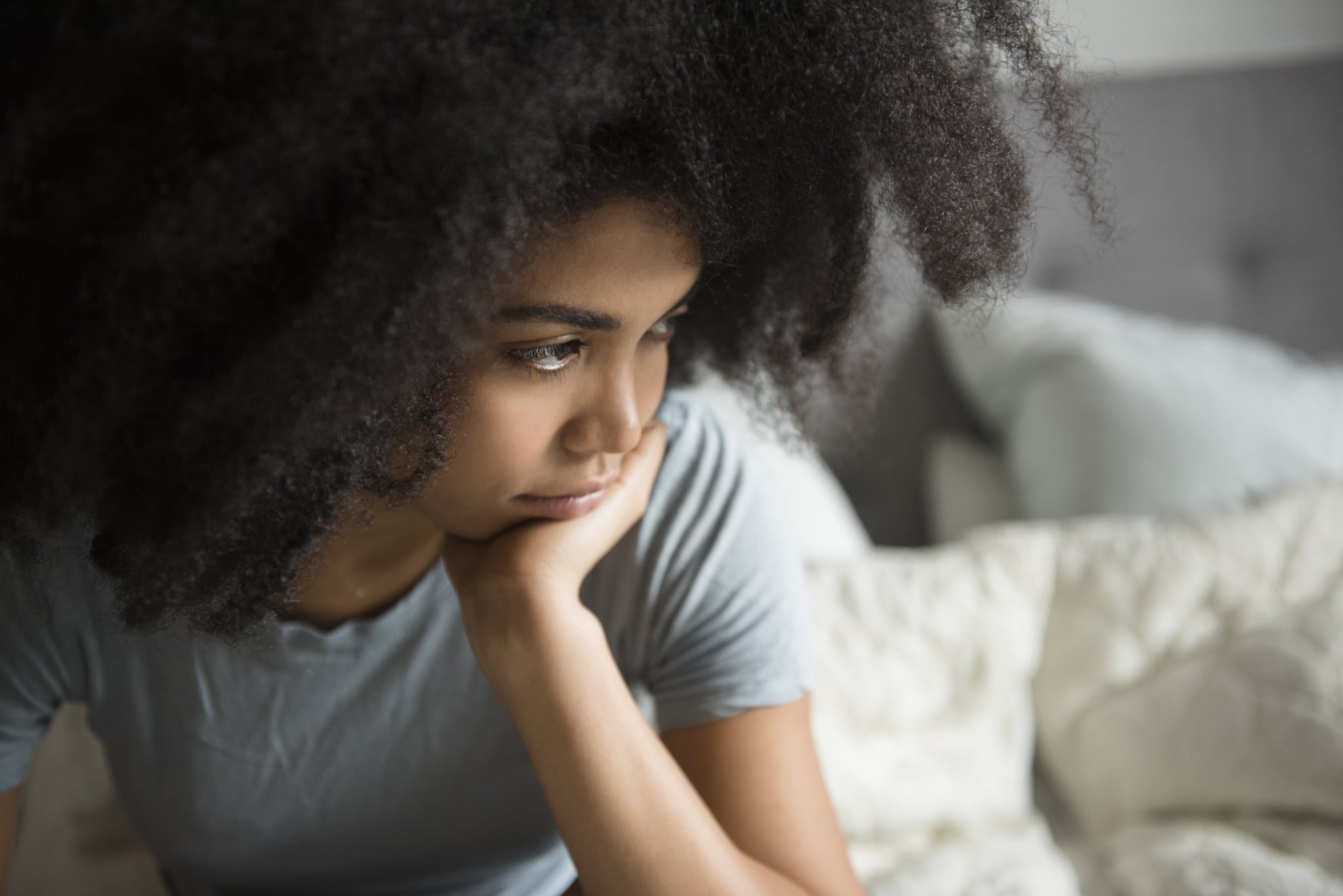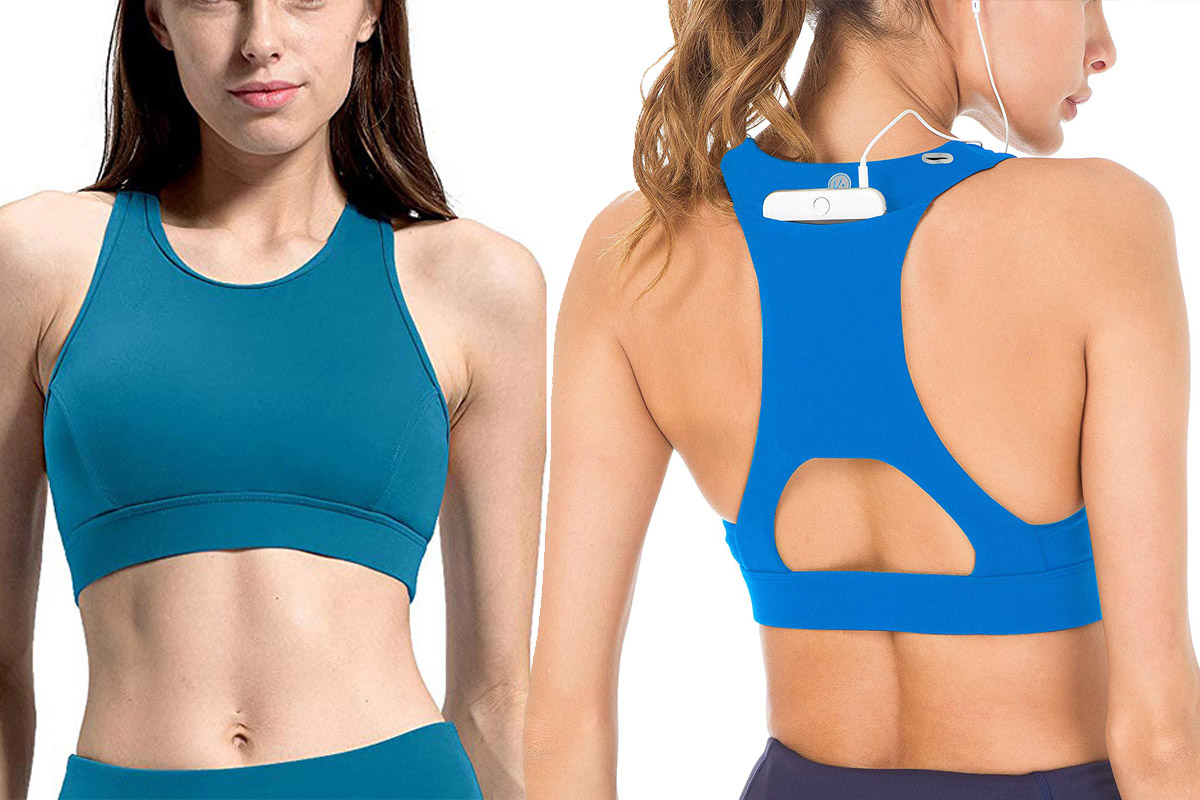People used to believe a lot of things that now seem completely bizarre to us,…

How to Check Your Breasts for Lumps
Shocking statistics: About one in eight U.S. women will develop invasive breast cancer over the course of their lifetimes.
Just this year alone, 252,710 new cases of invasive breast cancer are expected to be diagnosed, and if you have a first-degree relative with breast cancer (like your mom or your sister), your chance of diagnosis doubles.
The numbers are scary, but as with any disease, detecting breast cancer early greatly increases your chance of survival, so proactivity is of utmost importance. You were probably taught at some point to feel around your breast for something that feels out of place, but as you age, your breasts undergo a lot of changes, so it’s hard to decipher what exactly you should be looking for.
How often should women perform breasts self-check?
“First, the newest idea in self breast exams is not doing monthly breast exams”, Twogood states. “I teach women breast health, which means a woman knows what her breasts look and feel like at all times.” This means that any changes in color, nipple discharge, sudden pain or a distinct change in both breasts are monitored, and if there’s anything that raises concern, Dr. Twogood recommends making an appointment.
Checking breasts regularly and paying attention is one of the best ways to continue keeping breasts healthy.
What are the general areas on the breasts women should be checking?
“Women should be conscientious of their entire breast, and pay attention to what they feel like each time they are touched. If a woman notices a change in the density of an area or feels a new lump, it’s important to monitor any change in size”, says Dr. Twogood. It’s important to check the areas surrounding breasts such as armpits for anything that might be of concern.
Is there a specific time to check your breasts? For instance, when you’re on your period?
“There’s no specific time to check your breasts, as the exam should be something that’s ongoing. For instance, your breasts will change by becoming more tender or swollen before and during your period. When women track these changes, it’s easier to know they are normal and do not raise as much concern as they would if they weren’t used to them.” Dr. Twogood also recommends that if there’s any kind of sensitivity to the breasts while not on your period, it’s best practice to look into it further.
As a general guide for checking your breasts on a regular basis, refer to these steps:
Step One
Stand in front of the mirror and look at your breasts, making sure they are the normal size, shape and color. The more you are used to your usual breast shape, the more you’ll notice any changes.
Step Two
If you see any rashes or discoloration, or notice skin around the breast that is bulging or swollen, this should be brought to a doctor’s attention. If your nipples have any kind of discharge whatsoever, this is also something to pay close attention to.
Step Three
Raise your arms up and survey your breasts for the same kinds of changes, feeling around the circumference of your breasts and into your armpit with your fingers. If you have ongoing soreness and tenderness it’s best to schedule an appointment with a doctor.





